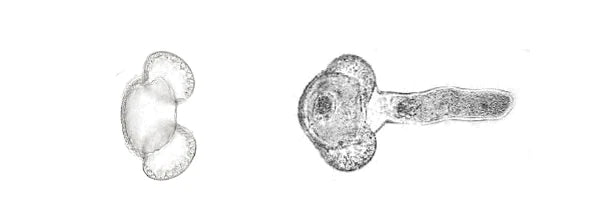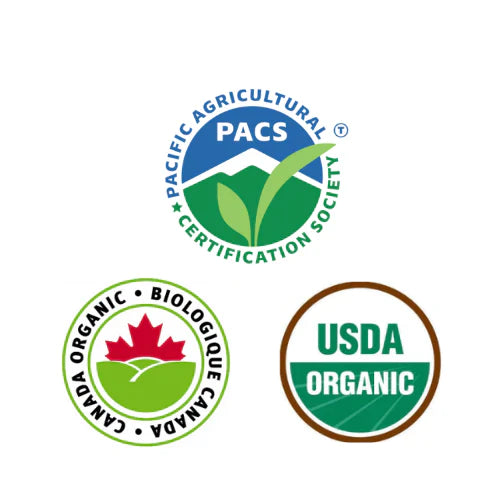Your Cart is Empty
Wholesale Accounts │ Minimum order $150│Free ship $450+
Pine pollen is used in Traditional Chinese Medicine (TCM) to Nourish Qi; to Nourish the Lungs and the Heart; and to Resolve Dampness. The so called TCM Dampness translated to the conventional undrestanding of inflammation and compromised blood circulation. Learn about whole cell pine pollen vs cracked cell pollen.
Phytoandrogens:Plant based molecules that act like androgens (Phyto= plant +Androgens= male hormones important to both ♂+♀ sexes and involved in growth, aging, recovery, muscle mass, mood, sleep, energy, and libido).These plans androgesn are found germinating foods like wheat grass, or sprouts,and on pine pine pollen they are most abundant.
Phyto-hormones: Plant hormones; auxins, cytokinins, gibberellins, ethylene and abscisic acid (ABA). All of these hormones required for the pollen germinaiton. Reserach shows that these molecules have biological activity in human cells that include anabolic effects, as well as immune system activity, and stem cell growth.
Glutathione: The human liver is constantly making this powerful antioxidant that is essential for immunity and detoxification.
Superoxide Dismutase (SOD): An antioxident made in the mitochondria that is a powerful anti-inflammatory involved in tissue repair.
Methylsulfonylmethane (MSM): A plant based sulfuric compound that helps in digestion and energy expenditure.
Click the link to Read more on pine pollen research
All of our products meet the highest standards of Health Canada, GMP and have been ISO and Organic certified. We third-party test each batch for heavy metals, pesticides, herbicides, and mould toxins.
Hand-harvested and minimally processed - we use sustainable and straightforward techniques to extract the pollen from the male cones.
Our pollen is raw, untreated, and in its natural state - we don’t cook, steam, microwave, sterilize, or crack the cell wall. We store every batch of pine pollen in cold storage before shipping.

